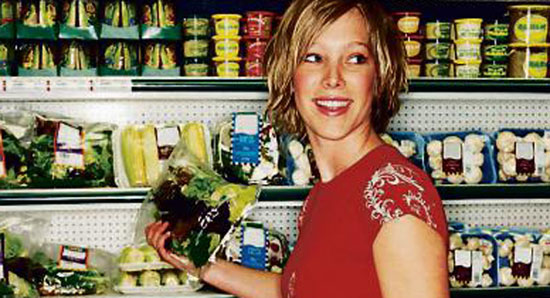One of my sisters, who is in her 40s, has recently been diagnosed with Type 2 diabetes. I don’t have the healthiest of lifestyles, so I wonder should I have my glucose checked?
There are a number of risk factors for type 2 diabetes and these include having a first degree relative with the disease, being female, obesity and being over 40 years of age. Type 2 diabetes is a disease where the body either doesn’t produce enough insulin or the cells in the body don’t react to insulin. Insulin is a hormone produced in the pancreas and it controls the amount of sugar (glucose) in your blood. The symptoms of type 2 diabetes include:
* Feeling tired.
* Poor vision.
* Recurrent infections either bacterial or fungal.
* Being thirsty.
* The need to urinate frequently.
* Weight loss.
As the symptoms develop slowly and over a period of time it is possible not to realise you have diabetes, so it is important to get an early diagnosis. I would advise you to make an appointment with your GP and arrange to have your glucose level tested. Tell your GP of your sister’s recent diagnosis. Your GP will also check your blood pressure and arrange a cholesterol test.
Lifestyle is very important in the treatment of type 2 diabetes and here are some lifestyle suggestions to consider:
* Have a healthy well balanced diet with a variety of foods and at least five portions of fruit and vegetables every day.
* Your diet should be low in fat, salt and sugar and high in fibre.
* If you are overweight, lose weight.
* Incorporate some form of physical exercise into your daily routine, ideally at least 30 minutes a day.
Aim to build up to 60 minutes a day on five days a week. If you have not been active you should first discuss this with your GP.
* If you smoke, stop.
* Reduce alcohol intake.
You should have your blood pressure and cholesterol level checked at least every six months — sooner if necessary.
My mother who is in her s 60s had a nosebleed for the first time ever last week. It stopped within minutes but I think it gave her a fright. She is in good health apart from high blood pressure. Should I encourage her to have a check up with her GP?
Although they are usually mild or self-limiting, a nose bleed (epistaxis) can be unpleasant and frightening.Anyone can get a nosebleed at any age but is more common if you are young, usually less than 10 years old, pregnant or elderly.
Many nosebleeds are from an innocent cause such as:
* Picking the nose.
* Nose injury.
* Blocked stuffy nose.
* Inflammation of the nasal passages as a result of a cold or flu.
* Blowing the nose very hard.
* Hay fever or other allergies.
Most simple nose bleeds (those with no underlying serious cause) can be treated at home with simple first aid.
Make sure to sit down and lean slightly forward; don’t tilt your head back. With the thumb and index finger, pinch the soft part of the nose firmly (just above the nostril openings but below the bridge of the nose) and hold for at least 10 minutes.Once the bleeding has stopped don’t do anything that might restart it, such as picking or blowing your nose.
Some people are at greater risk of nose bleeds if they are taking blood thinning medication such as warfarin, aspirin or if they have high blood pressure. Nose bleeds can indicate a more serious underlying problem and like any medical symptom should not be ignored.
As your mother has a history of high blood pressure, she needs to make an appointment with her GP, who can review her case. If before her appointment your mother has a heavy nose bleed or it lasts for 20-30 minutes, then she needs to seek medical attention as soon as possible.

